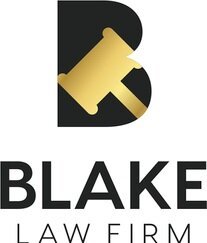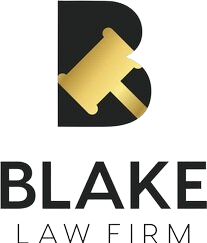Case Study: Notice of Revocable Consent to Use Land
Issue:
Can change in ownership or passage of time allow a neighboring property owner to maintain encroachments on your property and/or establish prescriptive easement rights?
Background Facts:
Clients are residential property owners in San Diego County. The adjacent property contains improvements that were built decades ago that encroach on a portion of Client’s property. The Client has allowed the encroachments to remain and approximately 39 years ago the Client recorded a revocable consent to use the land.
Issue Presented:
A “Notice of Revocable Consent to Use Land”, commonly known as a Revocable Consent, is dictated by Civil Code Section 813. There are a few requirements, including specific language, method of service, and recording requirements, in order for the Revocable Consent to be effective. If prepared, served, and recorded correctly, the Revocable Consent can essentially protect a landowner from potential prescriptive easement or adverse possession claims, which may arise out of another party’s extended use of the property. Simply put, a Revocable Consent could be described as a formalized license to use land. Since the neighbor is now using the property under your permission or license, they cannot establish a legal claim to a prescriptive easement since one element of that claim is that the neighbor’s use of your property must be hostile or adverse.
Important to note is the five year time limit to record the Notice. Rights to prescriptive easement and/or adverse possession generally become effective after continuous possession for a period of five years. The Civil Code specifies that “The recording of a notice pursuant to this section shall not be deemed to affect rights vested at the time of recording,” thus, in most cases, negating the efficacy of a Revocable Consent recorded after the five year time period.
Here, because the Notice was recorded approximately 39 years ago when the encroachments were first constructed, it served to protect Client’s from any claim by the neighbor’s that their encroachments had vested into a prescriptive easement.
Solution:
That attorneys at BLF sent a letter via Registered Mail regarding the existing Notice of Revocable Consent to the new neighboring property owner, which alerted them of the recorded Revocable Consent on the Client’s property and detailed the nature of the permission granted to them in regard to their encroachments.
Outcome & Impact:
Clients can happily enjoy their home with the peace of mind that they have ultimate control of any neighboring encroachments to their property.



